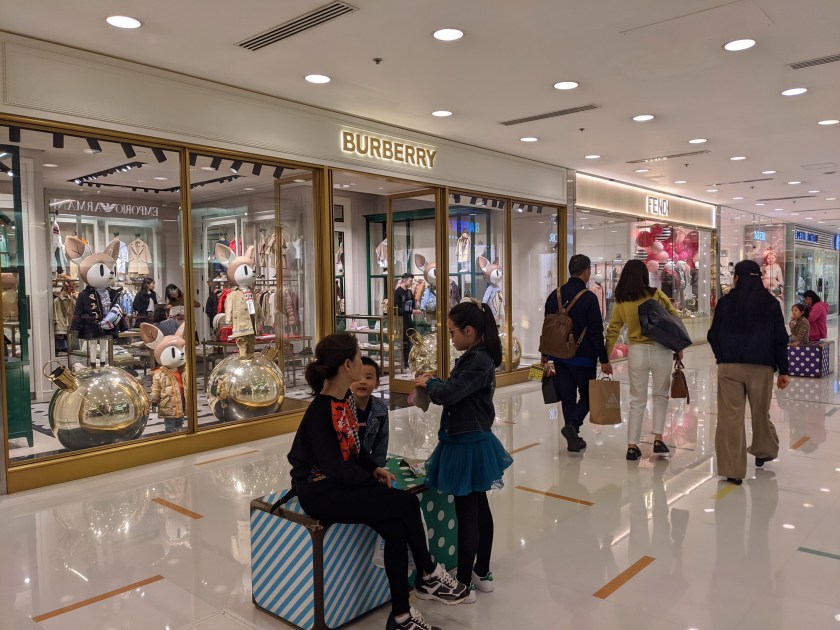Vigan is the best-preserved Spanish colonial town in the Philippines, earning it a spot on the UNESCO World Heritage list. It is in the northern part of Luzon, the largest and most populous island in the Philippines, but feels a world away from the chaos of Manila 200 miles to the south.

Vigan is a tourist town but thankfully free of the hassle and over-commercialization that often chases us out of such places. Apparently a large cruise ship had dumped bus-loads of people into the town earlier in the morning but by the time we arrived it wasn’t crowded and the remaining tourists were a diverse mix from the Philippines and around the world. We enjoyed roaming the streets and peeking into the shops.

We had read in guide books that one of the things to do in Vigan was to take a ride in a “kalesa” — a horse drawn carriage. One thing the guide books didn’t prepare us for was that these horses were the about the cutest tiniest horses we had ever seen. The little guys seemed to pull the carriages without too much effort even with a whole family crammed inside but we didn’t partake.

Before coming here, we always pronounced Vigan as vee-GONE, not knowing the proper pronunciation. This led to frequent confusion whenever we heard the proper pronunciation, such as in the phrase “you have to try the famous vegan empanadas!” We know that the concept of vegetarian, much less vegan, is pretty foreign to the Philippines and even vegetable dishes usually have a little pork snuck in for flavor. So hearing “vegan empanadas” raised an eyebrow until we realize that it was “Vigan empanadas.” OK, off to find a Vigan empanada!

Although the external appearance of the Vigan empanada is similar to the Latin American kind we were familiar with, when we bit in we were instantly reminded of a Chinese egg roll. The wrapper of the Vigan empanada is made with flakey rice flour and inside there are crunchy bean sprouts or shredded green papaya along with meat and eggs. Interestingly, this is the closest part of the Philippines to China and is the port where trading took place over the centuries between the two nations. Many of the people here are genetically and culturally mixed from Spanish, Chinese and native Filipino ancestors, making the Vigan empanada a perfect symbol of that heritage.
Vigan was a pleasant place to spend an afternoon. In the end it wasn’t over-tourism that scared us away, but the tropical sun and humidity. We probably wouldn’t recommend a visit here except as a stopover on the way somewhere else (and not sure where that could possibly be). But we were happy to experience it for a few hours. And almost as happy for the 90-minute air conditioned bus ride through beautiful countryside that allowed us to make our escape.






































































